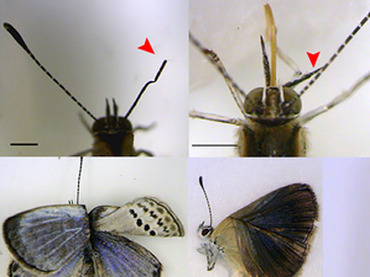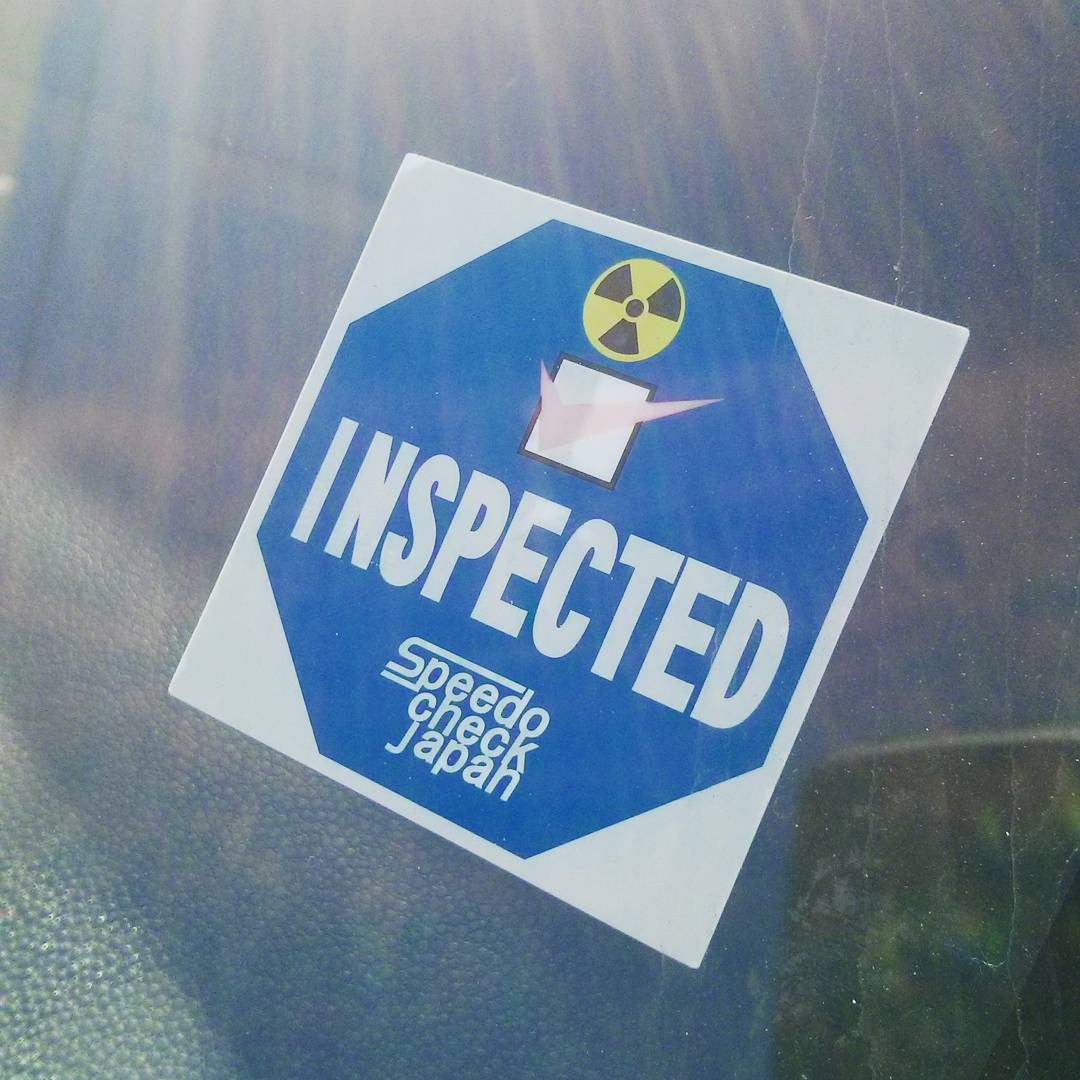Tag: nuclear
Thorium-Fueled Automobile Engine Needs Refueling Once a Century
Thorium-Fueled Automobile Engine Needs Refueling Once a Century
Current models of the engine weigh 500 pounds, easily fitting into the engine area of a conventionally-designed vehicle. According to CEO Charles Stevens, just one gram of the substance yields more energy than 7,396 gallons (28,000 L) of gasoline and 8 grams would power the typical car for a century.
The idea of using thorium is not new. In 2009, Loren Kulesus designed the Cadillac World Thorium Fuel Concept Car. LPS is developing the technology so it can be mass-produced.
Inside an atom
Imagine a chamber. Now flip on the switch that creates a strong electrical field inside that chamber. Now imagine not one, but two laser guns mounted inside that chamber. Flip the switch that activates both of these guns and their targeting system. It does sound a bit scary already, doesn’t? Well, all we need know is a target. Imagine that. A moving one, inside the chamber. BZZZT! Laser guns zap the target, which now rips apart and hangs in the middle of the air, because of the magnetic forces of the electrical field. Snap the picture!
Cool, isn’t it? Well, now do a bit of scaling. The target that you just zapped in the chamber is the size of the hydrogen atom. It’s not tiny. It’s beyond tiny. You probably will need an industrial size telescope to even see the chamber! Slashdot points to the story that covers the experiment.
But, maybe, I’m just way out of sync. According to one of the Slashdot comments, it’s not as exciting as I picture it:
Now this would have been a fundamental breakthrough if it would have been done many decades ago. These days, we have extremely high confidence in our theoretical/computational models of the wavefunction of atoms and molecules. “Just as valuable for developing quantum intuition in the next generation of physicists?” Naah, this stuff has been well-known since before most of us were born.
Don’t get me wrong, I don’t mean to belittle this accomplishment – it’s all kinds of cool that they pulled off this experiment in the first place, and notwithstanding the huge body of other experimental evidence, it’s a beautiful direct confirmation of longstanding quantum mechanics theory. And as mentioned in TFA, provided they can scale this up to larger and less well-understood systems than the hydrogen atom, it might make it possible to obtain unique data on nontrivial materials like molecular wires. The only problem I have is that the Science editor is overselling it a bit; at the end of the day, it’s not going to change our quantum mechanical worldview the slightest.
Fukushima butterflies mutations
Fukushima butterflies mutations

Genetic mutations have been found in three generations of butterflies living near Japan’s crippled Fukushima nuclear plant. The gruesome discovery has led scientists to fear that the leaking radiation could affect other species.
The study was published by Scientific Reports. Researches said that around 12 per cent of pale grass blue butterflies that had been exposed as larvae to nuclear fallout developed abnormalities, including broken or wrinkled wings, changes in wing size, color pattern changes, and wider-than-normal variations in numbers of spots on the butterflies.
Though the insects were mated in a lab well outside the fallout zone, about 18 per cent of their offspring displayed similar problems, said Joji Otaki, an associate professor at Ryukyu University in Okinawa, in southwestern Japan.
That figure rose to 34 per cent in the third generation of butterflies – even though one parent from each coupling was from a group unaffected by radiation.
Researchers also collected another 240 butterflies in Fukushima last September, six months after the disaster. Abnormalities were recorded in 52 per cent of that group’s offspring – “a dominantly high ratio,” Otaki told AFP.
Atomic physics resources
Doing my duty in promotion of knowledge and science, I bring you this collection of resources on atomic physics. With the way the world goes, who knows when you’d need a quick reference to some research. And, in case you are a bit rusty on what atomic physics is, here is a quick quote for you from the Wikipedia.
Atomic physics (or atom physics) is the field of physics that studies atoms as an isolated system of electrons and an atomic nucleus. It is primarily concerned with the arrangement of electrons around the nucleus and the processes by which these arrangements change. This includes ions as well as neutral atoms
[…]
The term atomic physics is often associated with nuclear power and nuclear bombs, due to the synonymous use of atomic and nuclear in standard English. However, physicists distinguish between atomic physics — which deals with the atom as a system consisting of a nucleus and electrons — and nuclear physics, which considers atomic nuclei alone.
As with many scientific fields, strict delineation can be highly contrived and atomic physics is often considered in the wider context of atomic, molecular, and optical physics. Physics research groups are usually so classified.

